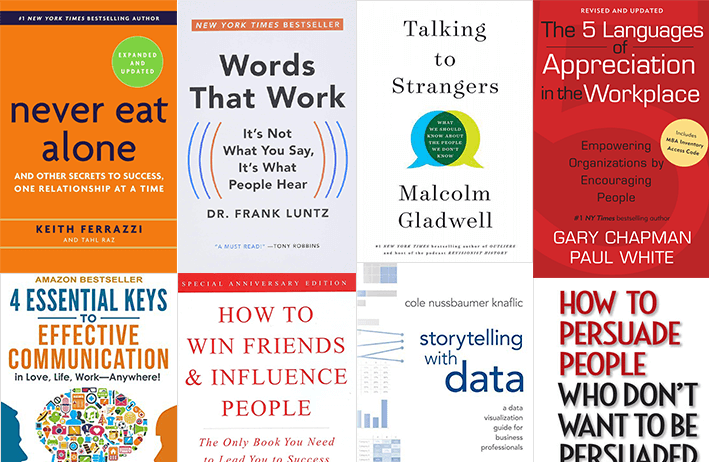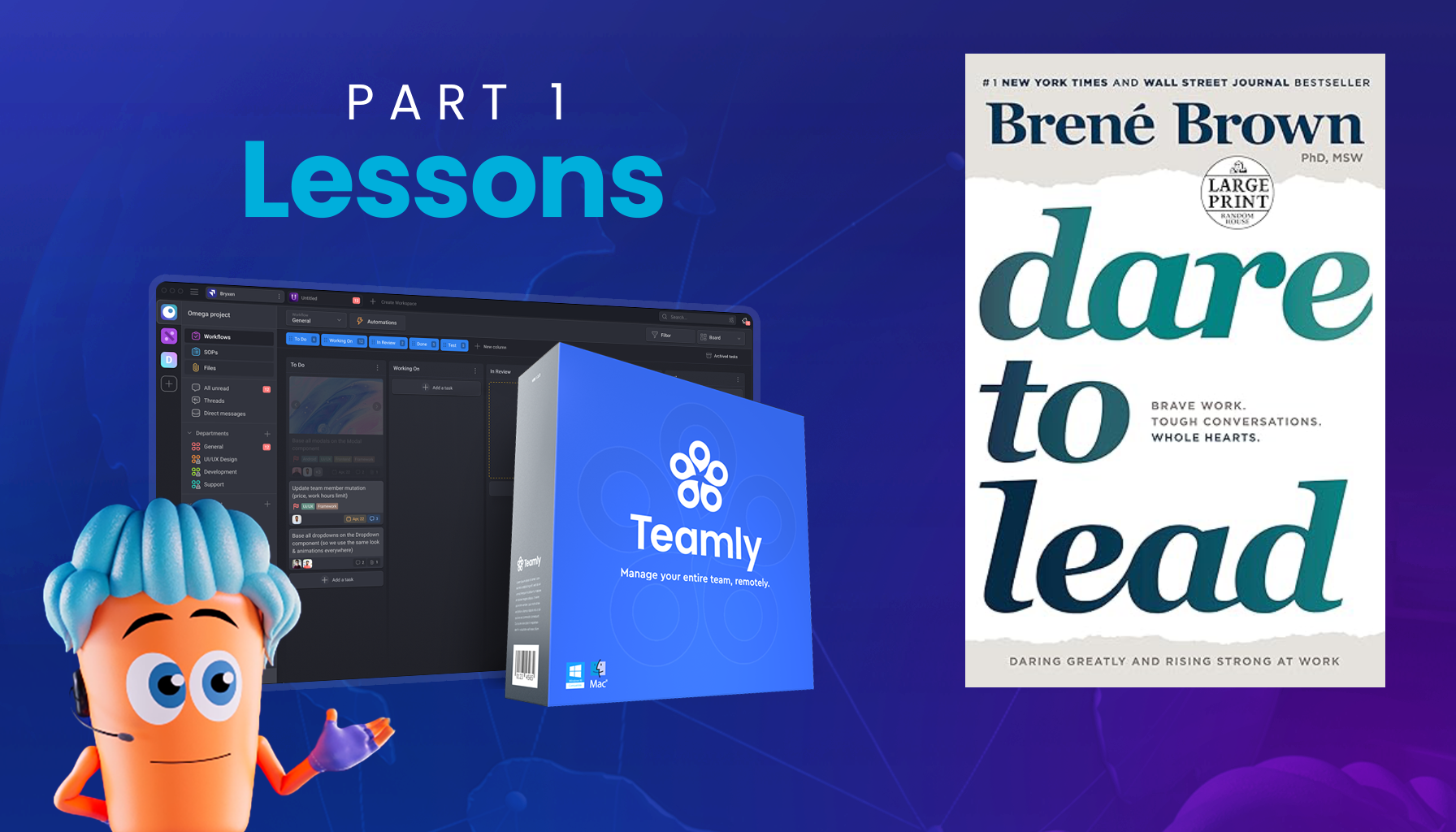
Click the button to start reading
On the Right Track: A Guide to the Content Marketing Metrics You Should be Tracking
Almost every small business has gotten the advice. “Start a blog!” or “Just post more on social media!”
And so they do just that. Create a couple of blog posts. Post a few times on Instagram and wait for the traffic to roll in.
What happens next? Well, usually, not much. Resources that took a lot of time and energy to create don’t live up to their potential because they were developed without a more holistic content strategy behind them. And to take that a step further, content marketers often need to work with the right content marketing metrics to understand what is working.
You don’t need to reinvent the wheel if you’re developing a content marketing strategy as part of your marketing mix. In this article, we’re talking more about content marketing, creating impactful content, and choosing the best metrics for your business’ content marketing.

What is content marketing?
Content marketing is a type of inbound marketing that educates, engages, and nurtures relationships with potential or existing customers. Rather than being sales focused, it’s about moving closer to the sale. As a result, conversion goals in content marketing are often softer – like an email or a social share – rather than a sale.
Some examples of content marketing are…
- Blogs
- Social media posts
- Videos and vlogs
- Newsletters and emails
- Webinars
Inbound marketing is typically easier to measure, better for brand building, more targeted, less expensive, and more evergreen than outbound marketing. You can learn more about the difference between inbound and outbound marketing here.
Most marketers agree that content marketing is increasingly becoming essential to the sale. And a business with successful content marketing can also be part of the greater conversation in their industry.
Getting started with content marketing
Content marketing can be an extremely valuable part of your marketing mix. But to do it effectively, you’ll want to be thoughtful about how you approach content marketing. Rather than going in without strategy, it’s better to take your time to understand a few things first.
- Define your ideal client. Understand not just who your ideal client is but what they struggle with, want, and are looking for to get there. The more you know who this person is, the better you can meet their needs with your content marketing. Most businesses find they have more than one ideal client – we recommend starting with one or two client profiles and creating your content with them in mind. You can always create additional content for other client types later.
- Choose your format. With a clear understanding of your ideal client, you will be better able to create the content they’re searching for. Your content will depend on where they are in the sales funnel. For example, a blog post addressing a frequently asked question might bring people to your site for the first time, while a free checklist might be how they engage with your brand. Choose the format around your ideal client, and be prepared to adapt it based on their needs.
- Choose your platform. Once you have packaged your content, you must decide how to distribute it. Sometimes steps 2 and 3 might be completed simultaneously, as some formats are only suitable for some platforms. Rather than spreading yourself too thin and trying to keep an active blog, YouTube, social channels, newsletter, etc., start with just one or two platforms where you will focus your efforts. Remember, consistency and quality are more important than being active everywhere and doing it poorly.
- Stay Consistent. As mentioned above, consistency is another essential part of the equation regarding content strategy. Establish a sustainable habit of communicating with your clients on the channels they expect to hear from you. Consistency is also a valuable indicator of quality for Google and social algorithms.
When creating a content marketing strategy, you should consider both creating new content and optimizing existing content.

What are content marketing metrics?
With a better understanding of content marketing, we can now tackle metrics for your content marketing. Once you’ve created your content, you can think of these as the numbers that guide your content marketing strategy. In addition, they help determine the return on investment (ROI) for your marketing efforts.
There are many different content marketing success metrics that you can use to track the efficacy of your marketing strategy (more on that below!), but before you do, there are two critical questions you should start with.
- What are your goals for content marketing? Understanding that sales come more slowly and that the funnel is often more complicated, good examples of objectives for content marketing may be brand awareness, authority, thought leadership, or softer conversions like newsletter sign-ups or engagements.
- What are your priorities? It’s also important to understand your priorities before going into content marketing. Narrow your focus to just one or two areas, and dedicate your efforts there. Understanding your priorities will help you decide what content to create, what platforms are best, etc.

Choosing the Best Content Marketing Metrics
Defining your goals and priorities will determine what content marketing metrics are most valuable for you to track and report as an indicator of success. For example, if your goals are brand awareness, you might be tracking page views or engagements, while a company focusing on conversions might look instead at email opt-ins. Keep in mind that different metrics are indications of different things! You don’t need to be successful in every metric to consider a campaign successful. Below is an overview of some of the categories to track and content marketing metrics that matter most.
Brand Awareness Marketing Metrics
Brand awareness refers to the extent to which people know your business exists. If your goals in content marketing are brand awareness, there are many different ways to measure it. Here are some of the big ones.
- Social media followers. While followers can be a vanity metric, it can also indicate how broadly known your brand is compared to your competitors. When you roll out a content marketing strategy, see if you notice any changes in the number of followers you gain during a fixed period.
- Social engagements or shares. Take a look at how much your content is being liked, commented, or shared and amplified as an indicator of how well your content is resonating with your ideal client. You can also use this to inform future content and create content for channels where your content is performing best.
- Branded search volume. Another way to measure the impact of your content marketing is by measuring branded search volume – that is, how many people are searching for your brand by name.
- Blog Traffic. If your content strategy includes a blog, you might use the page views or unique page views on specific posts or your blog as a whole as a key metric for content marketing.
- Backlinks. Backlinks are a strong indicator that your content is resonating. When other blogs or sites start linking to yours as a resource, you can see that you’ve created something useful. A bonus here is that backlinks are a ranking factor on Google Search – the more sites link to your website, the more credible you are in the search engine’s eyes.
Engagement Marketing Metrics
Engagement either refers to the interaction customers have with your social media or blog content. Let’s take a look at some of the key engagement metrics.
- Conversion rate. While conversion is a goal of both inbound and outbound marketing, it’s helpful to think of smaller conversions when we speak about conversion rates for content marketing – an email sign-up, newsletter, or opt-in for a free download. To calculate this, you take the total number of visitors, divide it by the number of conversions, and multiply it by 100.
- Pages per session. Pages per session is also an indicator in measuring how engaging your content is. Do clients bounce after reading your post, or do they click through and explore other parts of your website? A customer that visits several pages of your website indicates a higher level of interest and a website that is easy to navigate.
- Session time. Similar to pages per session, the time spent on a page or site is also a valuable content marketing metric. By looking at it on a page level, you’ll be better able to determine what content or products resonate most with your ideal client and create more related content that feeds towards your more sticky content.
SEO Marketing Metrics
Metrics for how your content performs on search engines are some of the best content marketing metrics. Why? Because this is how most consumers have grown accustomed to researching and seeking new information. But Google Analytics is such a wealth of information – knowing where to start can be a challenge. So here are some of the best SEO marketing metrics and KPIs that you can use to measure the performance of your content.
- Organic traffic. Organic traffic is the visitors who visit your website through search rather than ads or referral sources. You can look at acquisition data for this information and watch for an increase in overall traffic coming from organic. You can do this week-over-week, month-over-month, or year-over-year for the most comprehensive picture of your content’s performance.
- Keywords. With Google Search Console, you can also view the performance of specific keywords. This dashboard provides information on impressions (how many people who searched that keyword saw your site show up), clicks (how many people clicked your result after searching that keyword), and keyword rank. You can either benchmark this to how your website performs over time or how well it performs compared to your competitors. If competitors are outranking you on your preferred keywords, consider a more comprehensive SEO strategy that includes both on-page and off-page optimizations.
- Pages per session, session time, bounce rate. While we went into these as engagement metrics, they can also be considered SEO metrics. Through the lens of SEO, your success on these metrics indicates how relevant the content you create is to the reader. More pages per session, longer session times, and a lower bounce rate suggest you more closely address their questions and meet their needs with your content.
- Domain authority. Your domain authority is the ranking score that helps predict the ability of a website to rank in the search engines. It’s a combination of 40 factors, but some of the big ones are how long your website has been running and how many backlinks you have. Sites with a higher domain authority will have an easier time ranking on popular keywords. In comparison, sites with a lower domain authority will have to work to rank for more niche keywords and gradually work up to the keywords with a higher search volume.
Lead Generation Metrics
We said it once, and we’ll repeat it. Regarding content marketing, lead generation is typically considered email capture or click-throughs rather than sales. That said, here are some of the best lead generation metrics.
- Capture vs. Conversion rate. As the name suggests, this metric divides the number of leads by the number of sessions. This can help you understand how qualified visitors to your website are and optimize content accordingly.
- Click through rate. Your click-through rate is the number of clicks divided by the number of impressions. This helps you understand what percentage of the site or social visitors take an additional step of clicking on other content.
- Conversions. You can also measure the success of a piece of content by measuring how much your conversions increase over some time. A conversion might be signing up for your newsletter, opting in for a free download, or purchasing.

How to Track Your Content Marketing Metrics
Once you’ve created content and chosen your content marketing metrics, you can shift your focus to how you’ll track the performance of your content marketing.
One of the industry standards for tracking content metrics is Google Analytics – the most reliable tool for measuring many metrics mentioned above – site traffic, keyword performance, and website behavior.
But it doesn’t tell the whole picture. You will also want to have a social media analytics tool that can monitor your site’s performance on social media. Ideally, something that aggregates likes, comments, and shares into a more comprehensive dashboard. A social media listening tool can also help you keep an eye on brand mentions, competitor performance, and stay on top of trends in your industry. Learn more about how you can ethically keep track of your competitors here!
Choose your top priorities for assessing the performance of your content, and choose the tool that works best. When in doubt, a simple spreadsheet that monitors periodic progress can also be sufficient. It’s as simple as creating a sheet that you update on a regular cadence to track change in followers, shares, site traffic, etc.
Conclusion
Content marketing is an inbound marketing strategy tailored and informed by your ideal client. It’s far from one-size-fits-all, and you can expect to experiment with different content types and formats before you get it right. It’s also a long-term strategy – it can take weeks or even months to get enough data to make your next move.
That being said, choosing content marketing metrics in close alignment with your business goals and priorities ensures that you stay focused on the things that will make the most significant impact in the long run. Of course, you don’t have to have the best metrics on every channel with every type of content! What matters most is that you’re focused and consistent.
Continually delivering value to your ideal clients and building up resources that serve them is the best content marketing success metric. Start with your customers and a solid strategy; the rest will follow.
















